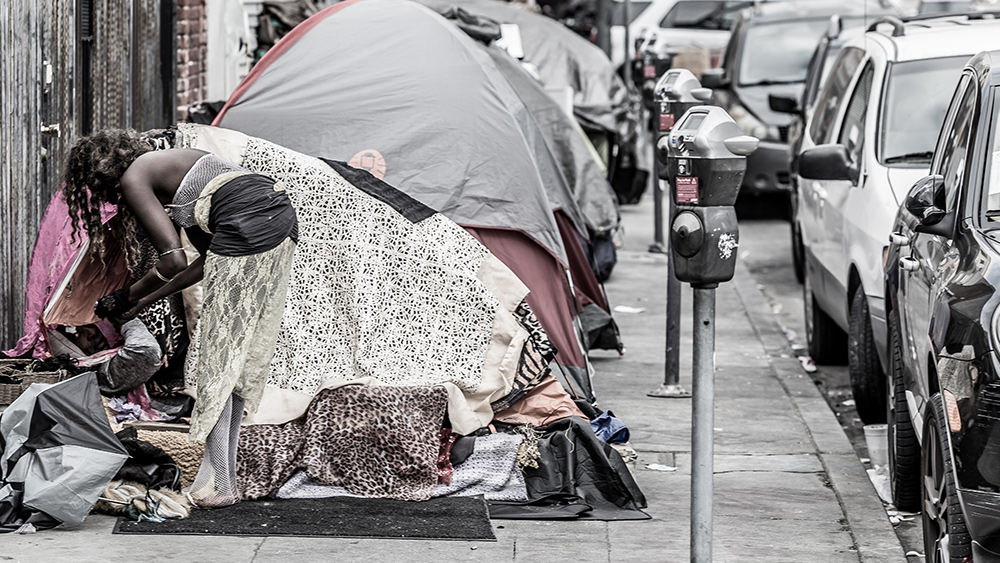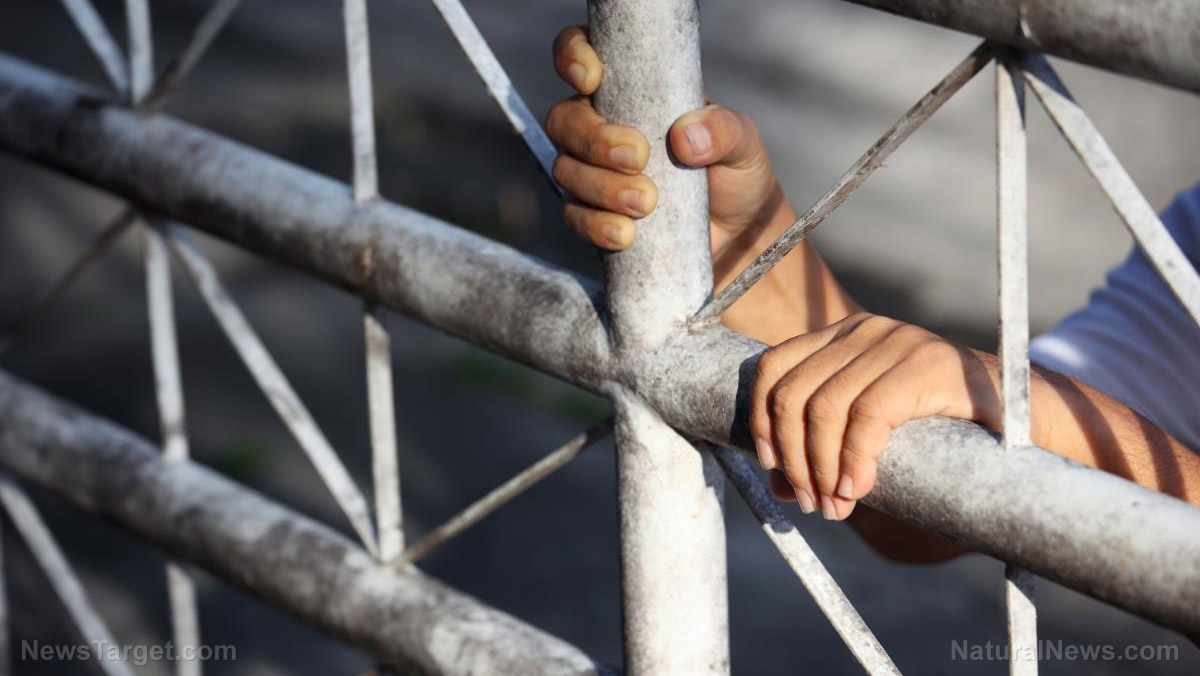 Parler
Parler Gab
Gab
City leaders vow to keep fighting, but investments are not paying off
Los Angeles City Council approved $7.8 million to fund in-patient substance abuse treatment in hopes of helping people get back on their feet. Mayor Karen Bass has stated she’ll recommend devoting $1.3 billion in next year’s budget to help homeless people get into shelters and treatment programs. More than 27,000 of those living on the streets have been homeless for longer than a year and have a disabling substance abuse, mental health or physical health condition. This is a rise of 5,000 individuals over the previous year. Bass said: “We will not end homelessness without addressing drug abuse and mental illness. This is a matter of life and death. I refuse to leave unhoused Angelenos on the street knowing that we can do more. This is an emergency, and we are treating it as such.” Meanwhile, locals are complaining about the problems caused by homeless people taking over the area. Human feces are being dumped in the street, and drug needles are a familiar sight on the ground. Some have been hacking into fire hydrants to obtain water. Although police sometimes come and tell homeless people to pack up their belongings and leave, they typically return within just hours. Sources for this article include: Breitbart.com LATimes.com FoxNews.comLAHSA data: Los Angeles County now has over 75,000 homeless people
By Arsenio Toledo // Share
THAT’S A W-RAP: Rapper 50 Cent says LA is FINISHED after reinstatement of zero-bail policy
By Ramon Tomey // Share
CONFIRMED: State and local governments are passing laws and ordinances that ban gas stoves
By Arsenio Toledo // Share
Lancet study PROVES covid jabs killed large numbers of people while government covered it up
By Ethan Huff // Share
Government efforts to control your thoughts, speech and life spearheaded by CISA
By Ethan Huff // Share
Governments continue to obscure COVID-19 vaccine data amid rising concerns over excess deaths
By patricklewis // Share
Tech giant Microsoft backs EXTINCTION with its support of carbon capture programs
By ramontomeydw // Share
Germany to resume arms exports to Israel despite repeated ceasefire violations
By isabelle // Share










